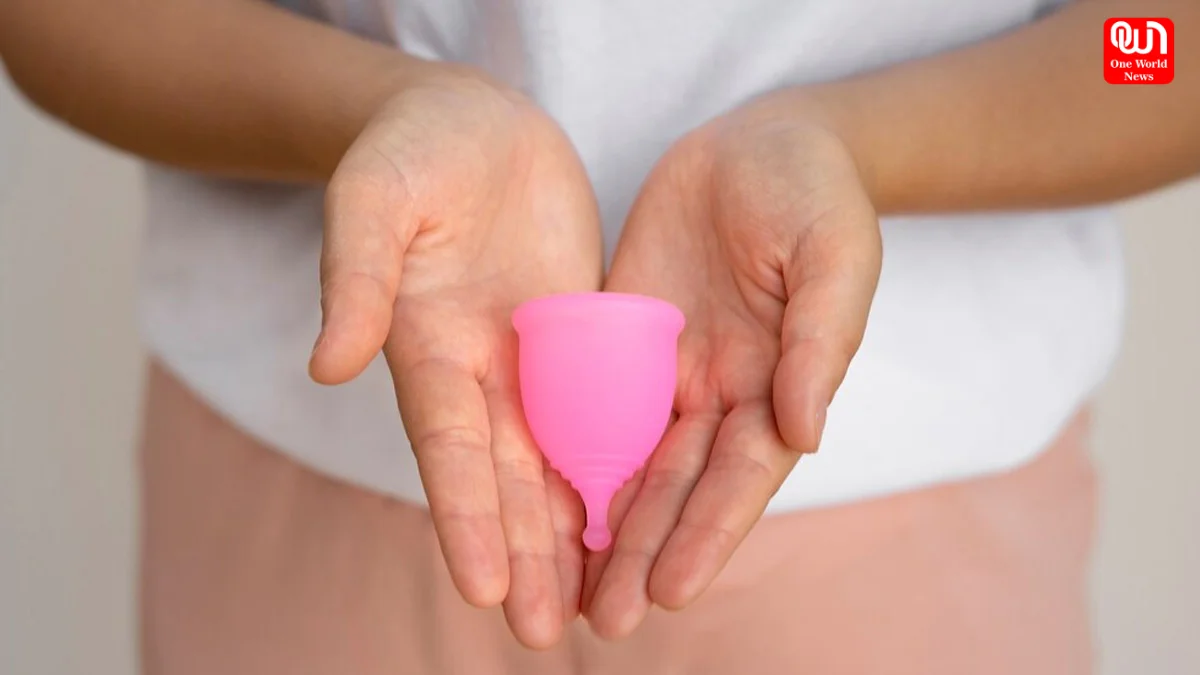Is Using a Menstrual Cup Safe? 5 Side Effects You Should Know Before Trying It
Thinking of switching to a menstrual cup? Know these 5 potential side effects before you decide, and learn how to use it safely for better period care!
Menstrual Cups: Are They Safe? 5 Hidden Risks You Need to Know!
Menstrual cups are gaining grounds due to an eco-friendly and affordable alternative to conventionally used sanitary napkins and tampons. There are a host of merit that these cups provide: from reduction of waste and long period of use to cost-effective. They are not for everybody, though. Unfitting use of vaginal cups can result in irritation or infections or other health problems. Before you switch, make sure you know five possible side effects.
1. Infection Risk
Menstrual cups can add to the risk of infection unless the correct hygiene practices are followed. If the cup is not clean every time it has been used, bacteria grow over time, which may lead to vaginal infections, such as bacterial vaginosis or yeast infections. Risk of infection also increases if the cup is inserted while very unclean hands wipe, as this can lead to bacteria being transferred.
Prevention Tip: Wash your hands thoroughly before touching the cup, and then sterilize it after every use. Use a fragrance-free, mild soap to wash it with everyday during the time of your periods.
2. Problems during Insertion and Removal
A good practice must be developed to successfully learn the art of insertion and removal; otherwise, they would be the greatest western challenges for an unwitting beginner. The wrong positioning outside of the anatomical configurations may lead leakage or discomfort. Drawing it out poorly just tugging it is going to pain the vagina, or cause a wee injury.
Prevention Tip: Learn the most reliable folding methods to facilitate easier insertion. During removal, clasp the base of the cup to break the seal and ease it out.
3. Allergic Reactions or Irritation
Silicon, latex, and rubber of almost all menstrual cups are held to be safe materials. Some women, however, may be sensitive or allergic to these materials, which would then lead to itchiness, redness, or irritation.
Read more: Eid Mubarak 2025 Images: Heartfelt Eid-ul-Fitr Wishes, Beautiful Eid Photos, Messages, And Quotes
Prevention Tip: Opt for a silicone menstrual cup if you are allergic to latex. The second thing you want to look for is to choose a good quality FDA-approved product as this-based-method will avoid irritations.
4. Potential Pelvic Organ Prolapse
Excessive or wrong suction with a menstrual cup creates opportunities for pelvic organ prolapse, whereby the pelvic organs like the uterus, bladder, or rectum descend from their normal positions. This is an unlikely event but may occur if the cup is frequently removed without proper suction release.
Prevention Tip: Do not yank the cup out. If you have pelvic floor weakness or have recently given birth, consider seeing your gynecologist before using a menstrual cup.
5. Risk of Toxic Shock Syndrome (TSS)
Though it is rare, using a menstrual cup for a long time without emptying it can predispose you to toxic shock syndrome (TSS), a serious bacterial infection mostly associated with tampon use.
Prevention Tip: Empty and rinse the cup every 8–12 hours, and never leave it in for more than the recommended time.
Read more: Hindu New Year 2025: Significance, Celebrations, and Traditions
Final Thoughts
A good sustainable option, the menstrual cup does require hygiene and proper usage. If discomfort persists, please consult your physician.
We’re now on WhatsApp. Click to join.
Like this post?
Register at One World News to never miss out on videos, celeb interviews, and best reads.








